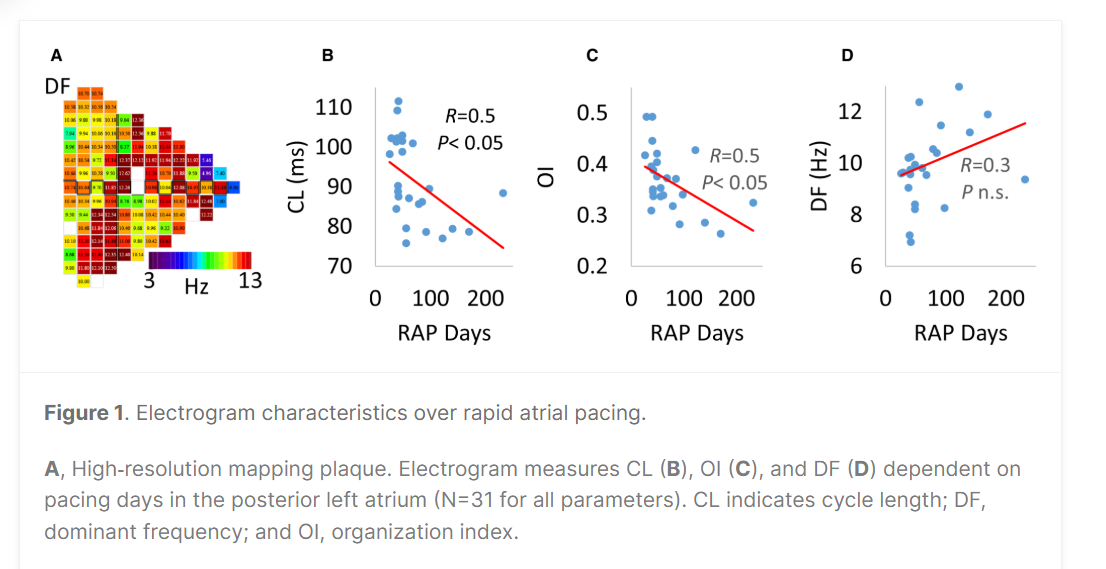Identification of Atrial Fibrillation Progression via Integrated Electrogram and Imaging Analysis
Web Published:
10/28/2025
NU 2023-222
INVENTORS
SHORT DESCRIPTION
This invention integrates advanced analysis of atrial fibrillation electrograms and T1/T2 imaging to identify the progression state of AF. It offers clinicians a predictive tool to tailor treatment strategies and improve patient management.
BACKGROUND
Atrial fibrillation shows distinct clinical stages ranging from paroxysmal to permanent. Current methods struggle to assess early detection and predict progression accurately. Existing solutions incur high costs and lack integration of electrophysiological, molecular, and imaging data.
ABSTRACT
The invention identifies the progression state of atrial fibrillation by analyzing electrograms, nerve recordings, and T1/T2 imaging maps. It quantifies key biomarkers such as oxidative stress, fibrosis, and nerve frequency to gauge molecular and structural remodeling. The system predicts subsequent AF progression and patient survival rates while providing a basis for optimal treatment planning. Validation in lab-scale clinical samples shows promising differentiation between AF stages.
MARKET OPPORTUNITY
The global cardiovascular diagnostics market is rapidly expanding amid an increasing AF patient population. The technology targets hospitals and specialized clinics where personalized treatment is in high demand. Growth is propelled by the aging global population and rising healthcare investments (Source: Market Research Firm, 2024).
DEVELOPMENT STAGE
TRL-3, Experimental Proof-of-Concept: Developers have validated key functions in a laboratory setting using clinical samples to confirm analytical predictions.
APPLICATIONS
- Atrial fibrillation prediction: Uses integrated electrograms and imaging to assess AF progression.
- Treatment optimization: Identifies optimal therapies based on molecular and structural remodeling.
- Survival rate prediction: Forecasts patient outcomes using integrated biomarker data.
- Clinical decision support: Enhances diagnostic accuracy through multi-modal data integration.
ADVANTAGES
- Early detection: Recognizes pathological changes to facilitate timely intervention.
- Integrated data analysis: Combines electrophysiological and imaging data for precise assessments.
- Predictive accuracy: Delivers actionable insights that guide optimal treatment planning.
- Cost efficiency: Reduces the need for multiple tests, potentially lowering overall treatment costs.
PUBLICATIONS
IP STATUS
US Patent Pending (see details: US20250107740A1)
Patent Information:
| Title |
App Type |
Country |
Serial No. |
Patent No. |
File Date |
Issued Date |
Expire Date |
Categories:
Life Sciences > Healthcare Devices, Tools & IT
Life Sciences > Biomarkers & Biomedical Research Tools
Keywords:
Cardiology and Cardiovascular disease